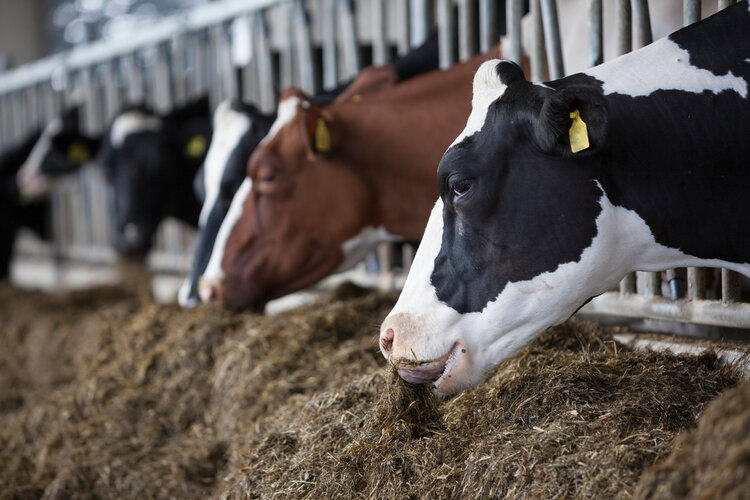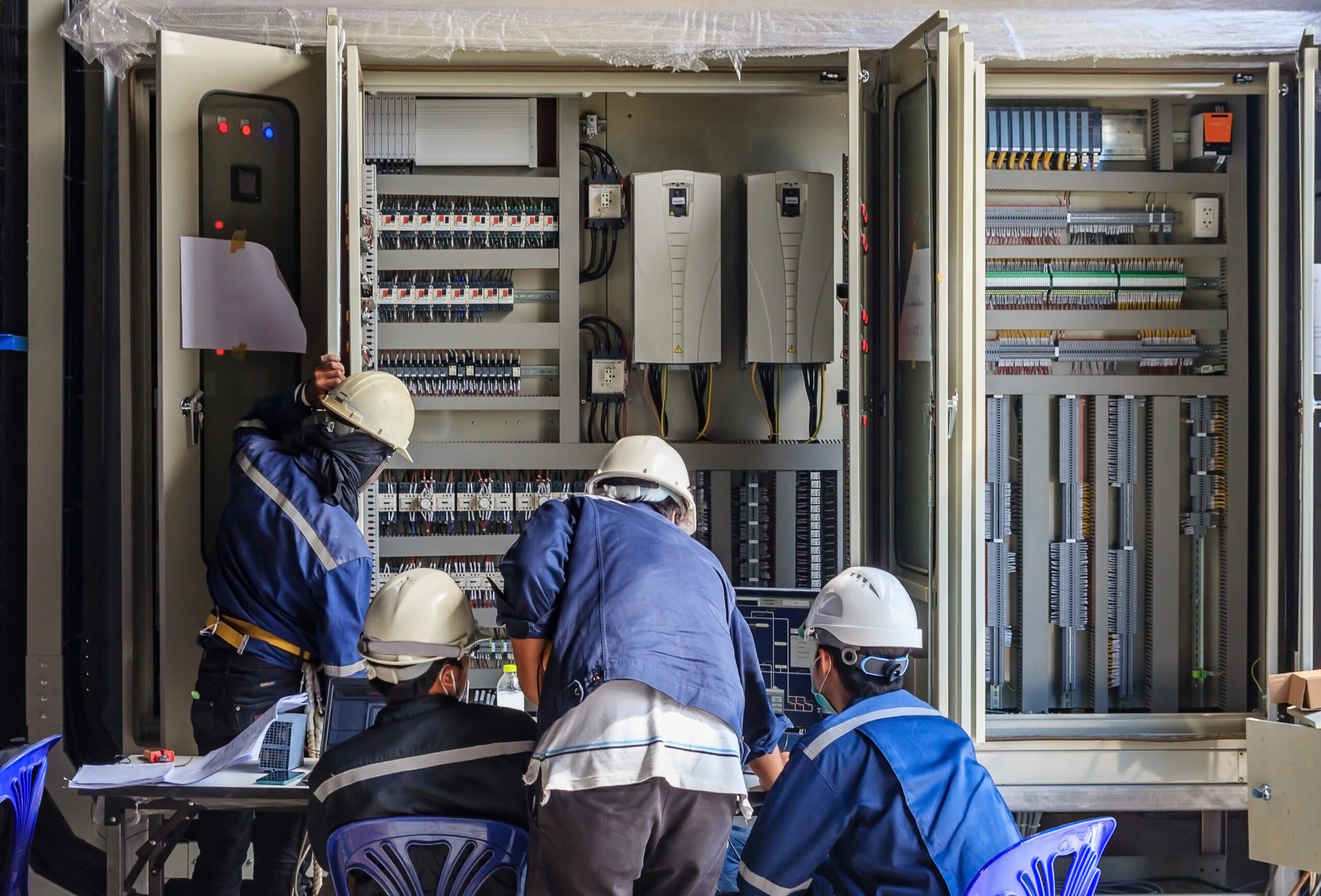
The costs of keeping workers safe in dangerous manufacturing environments is high and will likely continue to rise as the need for PPE and appropriate workplace distancing increases. In these situations, food processing automation equipment not only presents an opportunity to reduce costs and improve efficiency, but also reduce the human costs—workplace injuries and illness.
Giving repetitive, dangerous, close-proximity work over to machines also has multiple benefits. Let’s dive in to 5 of the benefits of automation equipment for the food processing industry and animal feed industry.
Reduced Direct Labor Costs
Reduced labor costs are one of the first benefits of equipment automation that comes to mind. With the jobs of three or more workers completed by a machine, the costs of wages must be balanced against the costs of initial investment, upkeep and maintenance.
With a proper maintenance schedule, a machine can continue operating effectively for many years for a fraction of the cost of three employees.
Reduced Injuries
Looking at work-related injuries, manufacturing is one of the most dangerous industries, second only to social assistance occupations, such as emergency response. Research shows automation can reduce three out of the five leading causes of workplace injuries, including contact with harmful objects, heavy lifting, and repetitive stress injuries.
In total, robots and automation equipment have the potential to reduce workplace manufacturing injuries by up to 72%.
More Accurate Record-Keeping
While a person can easily mismark a sheet or push the wrong button, a machine that is installed and set up properly will always perform the task as directed. This is especially helpful when detailed record-keeping is mandatory, such as tracking required by FSMA and other regulations.
When inaccurate record-keeping can create hazards, such as tracking and recalling tainted food, a machine’s diligent record-keeping can also help to protect consumers.
Improved Consistency
Machines do not get distracted or side-tracked with another task, and there’s very little variability in a machine’s performance. This means the task will be performed the same way every time. From dispensing ingredients to assembling parts and everything in between, automation improves consistency across the process and in the final product, improving quality and reducing costs of product defects.
Increased Efficiency
A person cannot be expected to work continuously without breaks. A person also has limits to the speed with which they can work safely. A machine also has limits, though they’re much greater than a person’s. With proper installation and programming, automated equipment can work almost seamlessly together, running at the same time and all but eliminating downtime completely.
Ready to level up your equipment automation?
Automation equipment can upset labor markets, however this equipment can also protect workers from hazards. Giving dangerous and monotonous tasks over to machines and reducing the total number of workers in a facility has the potential to reduce the spread of illness and reduce workplace injuries, while also reducing costs. For these machines to perform properly, installation and verification are essential.
Contact APEC today to find out how food processing automation equipment can improve your business.
In our next blog post, we’ll discuss the “Trust, But Verify” principle and its importance in automation.







